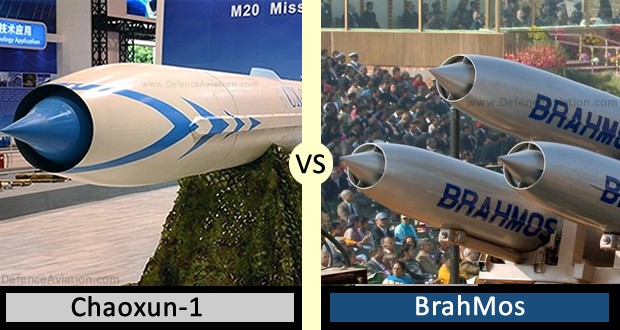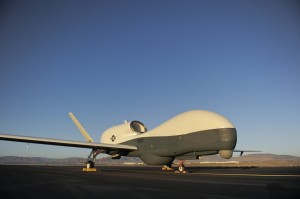Being able to penetrate an enemy air defense after traveling thousands of miles from the safety of a home base is something that will prove indispensable for any country’s Air Force. And that’s exactly what the U.S. Air Force has in store for us with the B-21 Stealth Bomber. Code named the Long Range Strike Bomber (or LRS-B), the nomenclature of this bomber is still tentative, as is the struggle to even get built, which is hanging precariously in the air. The B-21 is expected to complement America’s first sleek stealth bomber, the famed B-2 Spirit, for the United States Air Force.
1. Northrop Grumman will build the B-21
 American aerospace and defense technology company, Northrop Grumman showcased the possibility of manufacturing the next generation bomber. Given their experience with the B-2 Spirit, Northrop Grumman beat out the team of Boeing and Lockheed Martin for the contract, at an estimated bid of $55 billion over the project. Northrop has now been given the go-ahead from the Pentagon to build a new fleet of elite stealth bombers to replace the Air Force’s ageing B-52’s and B-1’s. Currently, the first phase of the plan is to build 21 bombers at a cost of $511 million per aircraft which is estimated to be higher compared to the unit cost of the B-1 but lower than the B-2 Spirit. The approximate initial operating capability is in 2025, and it is being touted to be a critical part of America’s air power future. An aircraft that will allow U.S forces to come within thousands even hundreds of miles into enemy territory.
American aerospace and defense technology company, Northrop Grumman showcased the possibility of manufacturing the next generation bomber. Given their experience with the B-2 Spirit, Northrop Grumman beat out the team of Boeing and Lockheed Martin for the contract, at an estimated bid of $55 billion over the project. Northrop has now been given the go-ahead from the Pentagon to build a new fleet of elite stealth bombers to replace the Air Force’s ageing B-52’s and B-1’s. Currently, the first phase of the plan is to build 21 bombers at a cost of $511 million per aircraft which is estimated to be higher compared to the unit cost of the B-1 but lower than the B-2 Spirit. The approximate initial operating capability is in 2025, and it is being touted to be a critical part of America’s air power future. An aircraft that will allow U.S forces to come within thousands even hundreds of miles into enemy territory.
2. The project remains highly classified
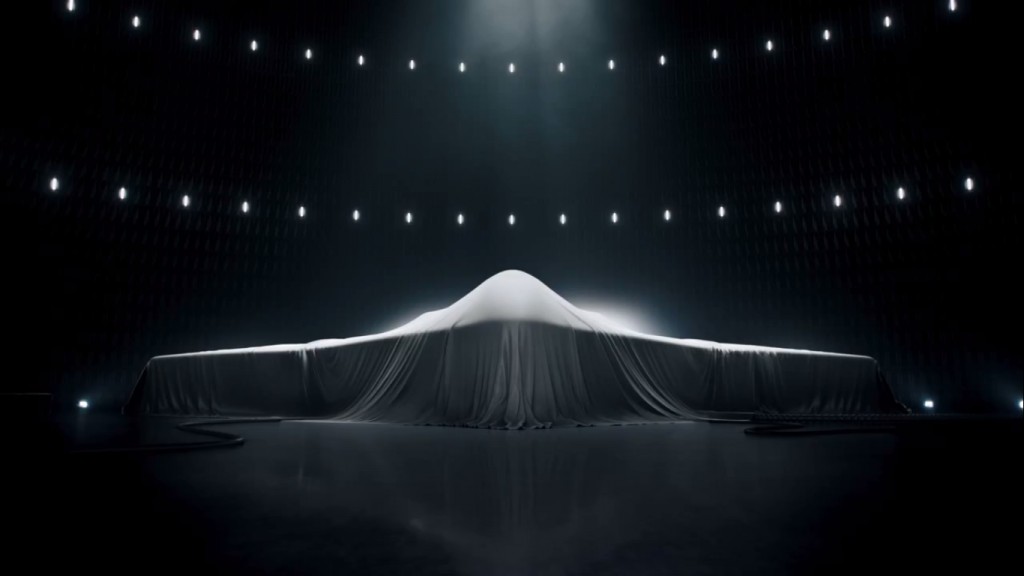
Much like the intended purpose of the aircraft, to move in secrecy and avoid detection, the project is shrouded in layers of mystery. Although official statements have been released, the details of size, number of engines, range, weight, payload and stealth capabilities remains classified. The U.S Air Force has revealed concept art of the stealth bomber, however, no prototype has been built yet and even the designation has not been decided. Exactly how close this rendering will adhere to the final design remains to be seen. The various subcontractors that will be supplying the engines, avionics and other major subsystems for the B-21 have not been disclosed to the public either. I guess we will just have to wait and see how this aircraft comes together when the time is right. Northrop Grumman did however give us a teaser of the new stealth super jet in their recent Super Bowl ad.
3. No official designation for the aircraft yet 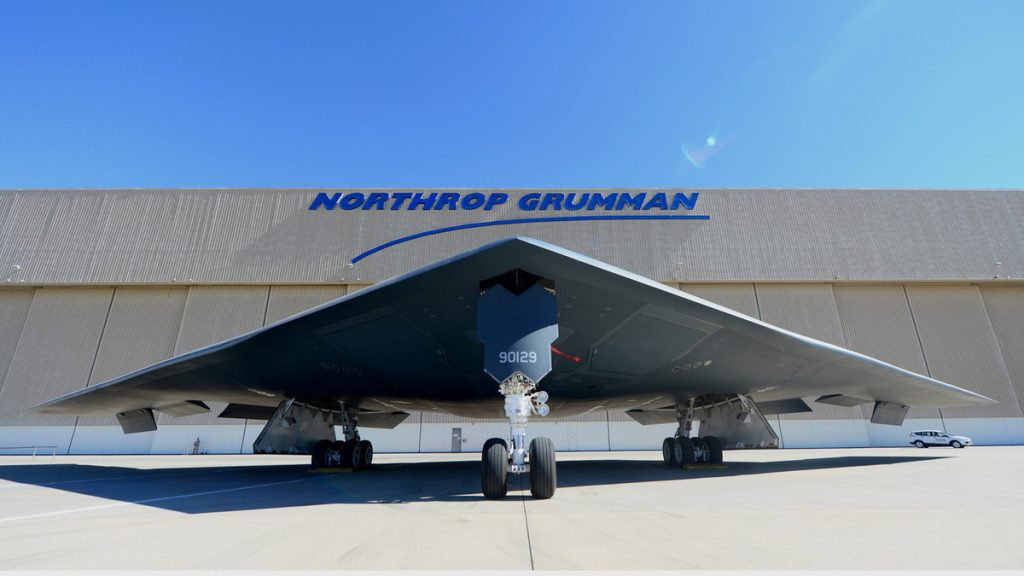
The U.S Air Force is currently calling this the Northrop Grumman Long Range Strike Bomber (LRS-B). The B-21 term seems to be an initial marketing attempt with the aircraft being referred to as the bomber of the 21st century, or it could be in consideration of the number of units that will be initially manufactured. Either way, the name will most likely change as the project progresses, with B-3 being the predicted designation for the LRS-B, to signify the next generation of the USAF’s modern bomber naming system that has included the B-1 and B-2. The truth is that it will be up to the Pentagon to christen this new stealth bomber as they please when the program gets underway.
4. A New Bomber for the 21st Century
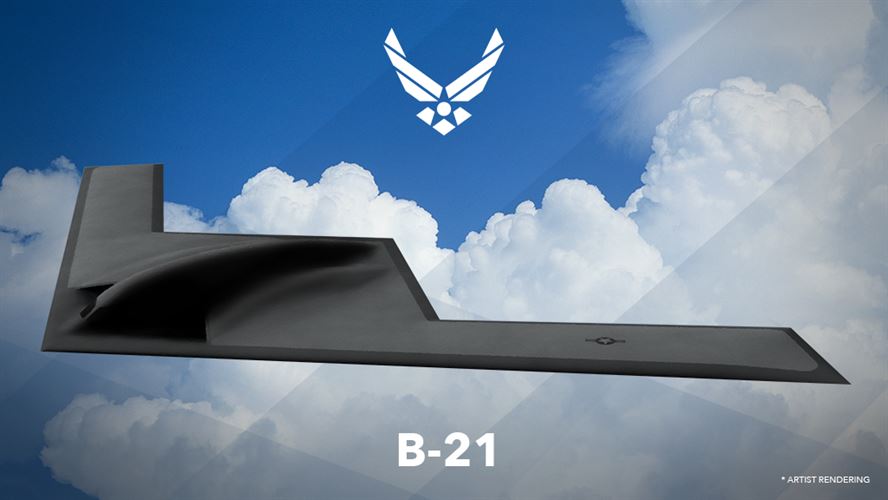
The Air Force thinks the LRS-B makes sense for America. It is similar in design to the current generation Northrop B-2 Spirit, because the Air Force chose to use technologies that have been tried and tested, and also because the B-2 is the only operational aircraft in the Pentagon’s arsenal that is able to counter low-frequency radars. The B-21 has been designed from the beginning to use existing and mature technologies in the area of area-denial and anti-access capabilities and will have a potential lifespan of half a century or longer. Once it arrives in operation, it will have an extensive and devastating series of weaponry which will help kick down invisible enemy walls, break down their defenses and create avenues for other aircraft to strike.
5. What is the B-21 capable of?
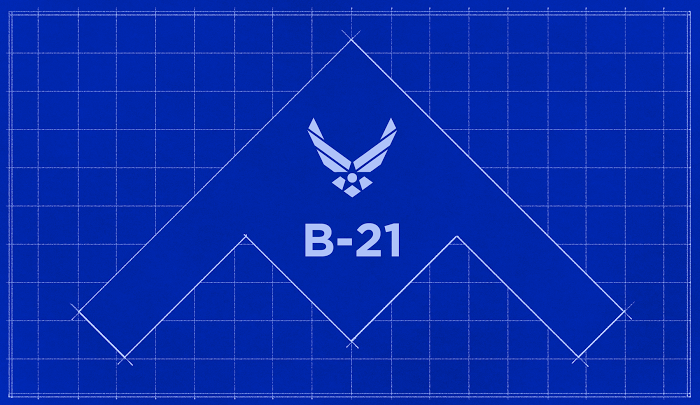
Today, high-end defense capabilities are being developed by countries like China and Russia, which can target and shoot down aircraft from hundreds of miles away. Thus creating an impenetrable fortress thousands of miles from its territorial borders. With this in mind, the B-21 is designed to avoid detection altogether, to counter the low-frequency radars operating in the UHF and VHF bands that can track stealth aircraft. Its large flying wing design reduces low-frequency radar cross section allowing it to blend in with the background noise created by the enemy radars, much like how a submarine hides in the background noise of the ocean. Keep in mind it will not be invisible. The stealth technology will simply delay detection to give it a tactical advantage.


